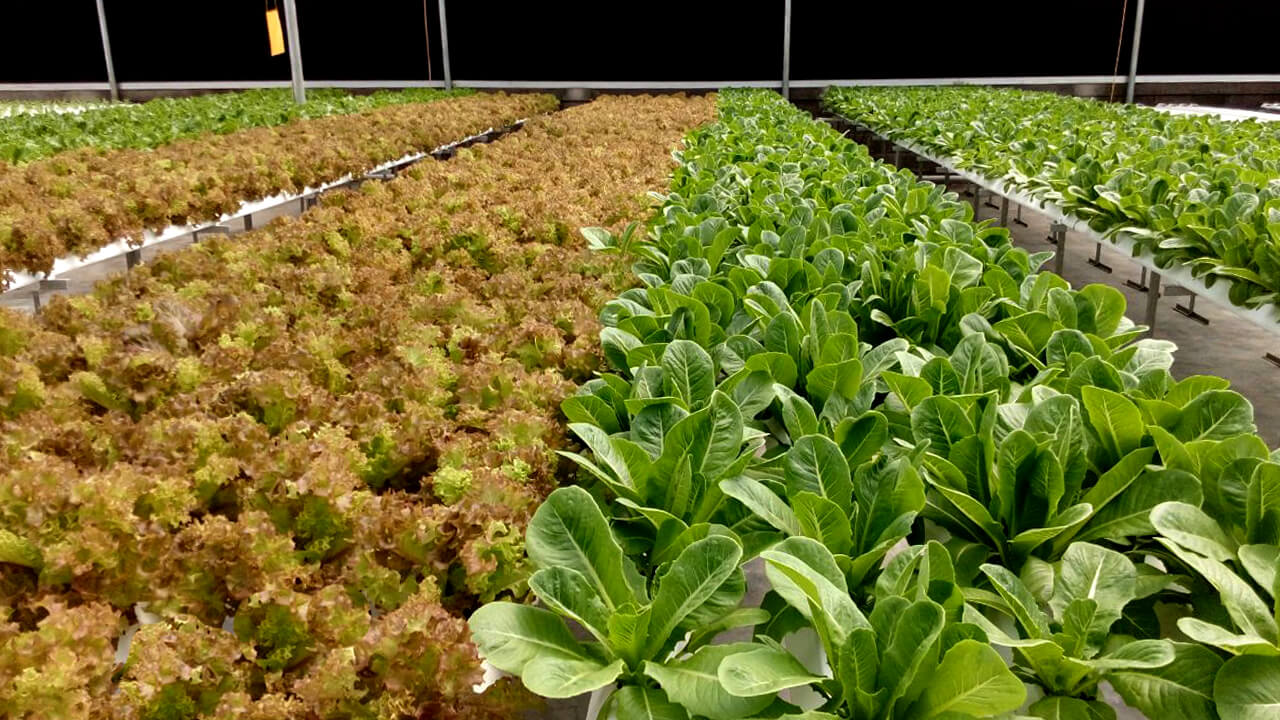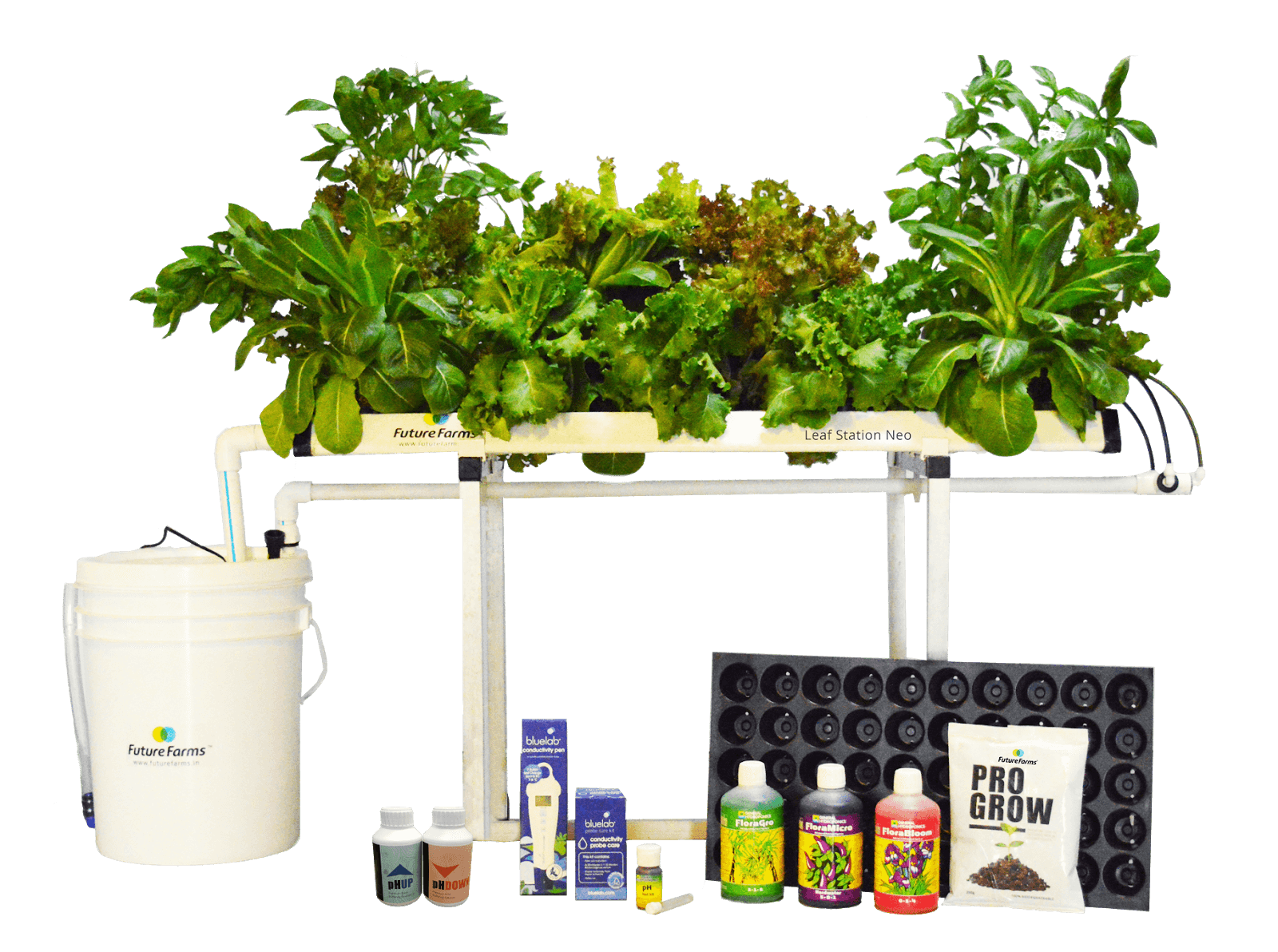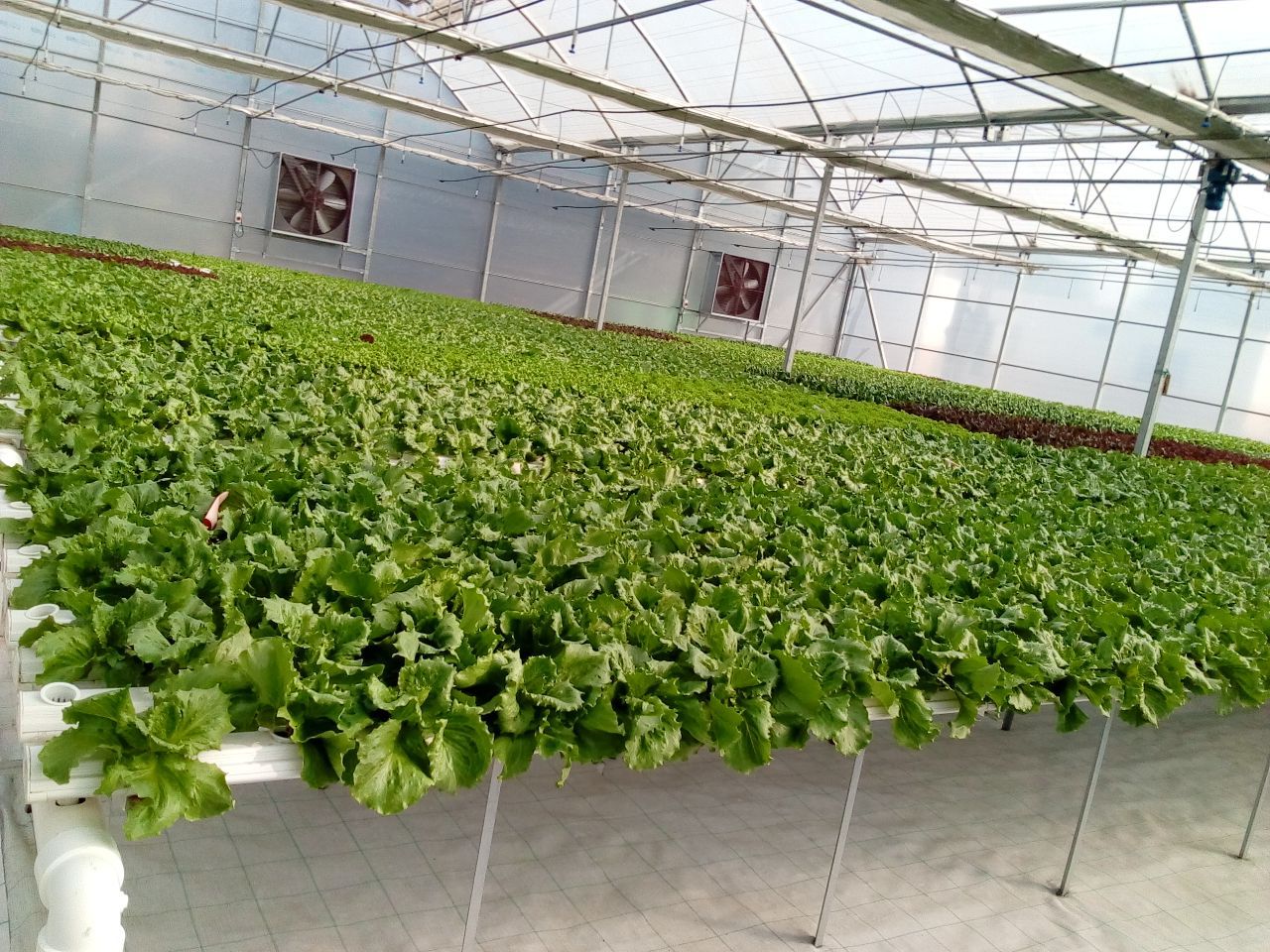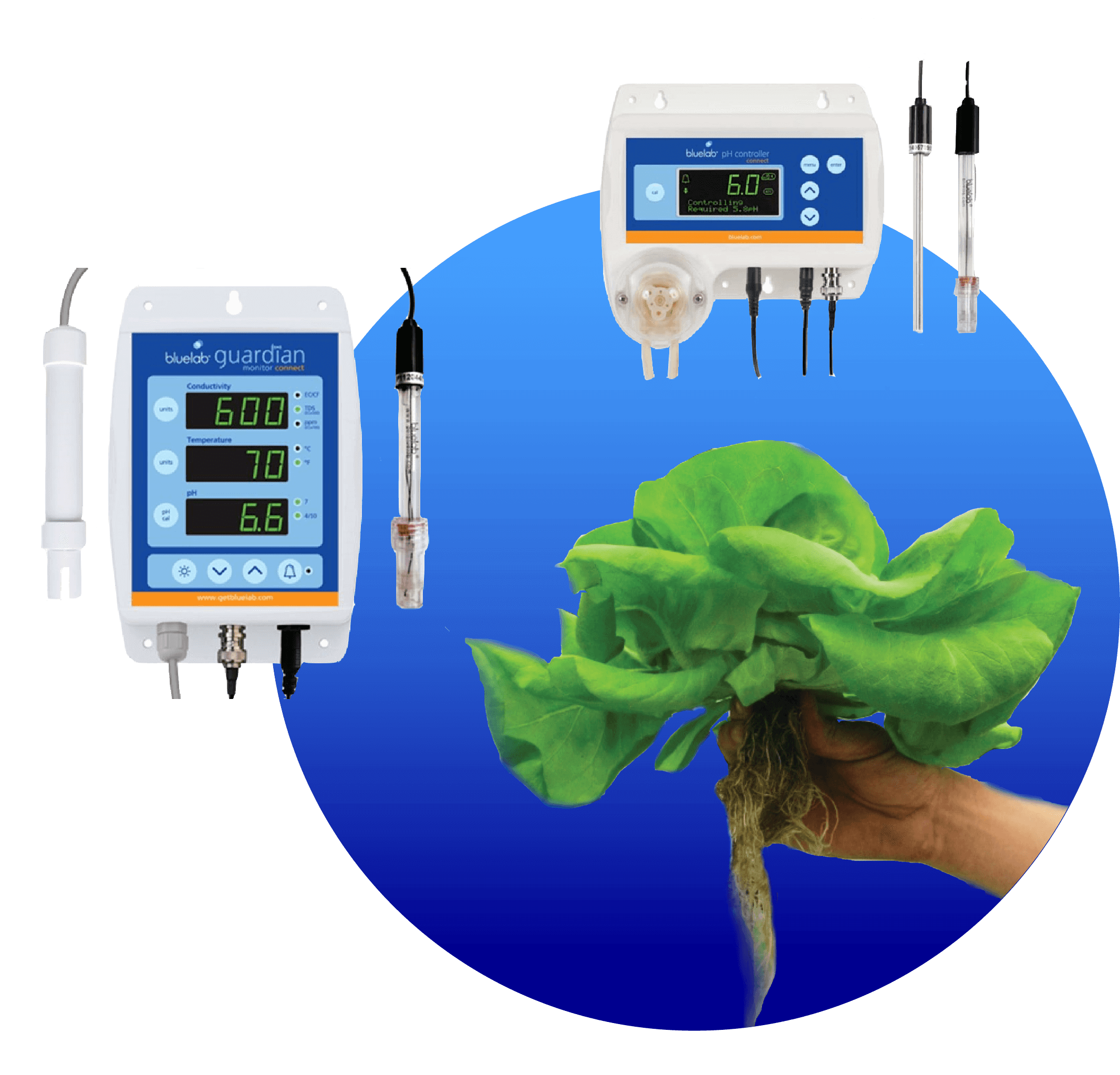
How to start a hydroponic business
How to start a hydroponic business
India is a country of tradition and culture, and agriculture has always played an integral part in both. Agriculture is often referred to as the backbone of our country. However, historically and scientifically speaking, agriculture marked the beginning of human civilization and human brain development and is one of our oldest professions (if not the most important).
For the past few decades or so, agriculture in India has been going from bad to worse in terms of quality, and as a business prospect. Dependence on traditional or inadequate equipment has lead to crop failures and loss. It is said that today, in India, the farmer’s child is no longer encouraged to follow the family business. And this is a scary thought when we depend on them to survive.
It’s 2018! And today, a new breed of farmer is born.
Hydroponics, a technology that enables farmers to grow in sterile environments using water, has changed the image of a farmer entirely. From engineers and newly graduated youngsters to large corporates and businessmen who may have never even gardened a day in their lives, farming is now moving into the mainstream.
If you would like to be a hydroponics farmer, this what you’ll need:
-
Cleared land of a minimum half acre.
-
Access to water and electricity.
-
Road access.
-
A credible hydroponic equipment supplier in India
-
Funds
Apart from this, one would need to decide which variety of plants one would like to specialize in. Based on current trends, leafy greens and herbs appear to be the best way to start. FutureFarms has set up close to 40 of these farms in the country in a matter of two years, and these farmers appear to be enjoying immense success in both growth and revenues.
These plants grow on Nft (nutrient film technique) hydroponic systems. NFT systems like the FutureFarms Leaf Station Farms (LSF), allow the farmer to grow leafy greens and herbs in three times less space (compared to soil. The success of the business almost entirely depends on the quality of equipment used and the choice of vendor.
Within the plant group, you have chosen to grow, the next step is to decide the crop mix. If you plan to sell to a B2B (business to business) market, high volumes are required at bulk rates. This would mean that the priority of the farmer here would be to focus on a small variety of crops, in larger volumes. The idea here is to get contracts with major aggregators or bulk consumers at lower margins, but assured sales for the period of the contract. If you plan to be more of a brand or directly target consumers, the variety is key. In this strategy, you would not be looking at build sales with lower margins, but rather lower volumes with higher margins. Having a good portfolio of products, in this case, would be the key to target the end consumer.
Whether you take the plunge or not, hydroponics is here to stay and is certainly the future of farming in India.




